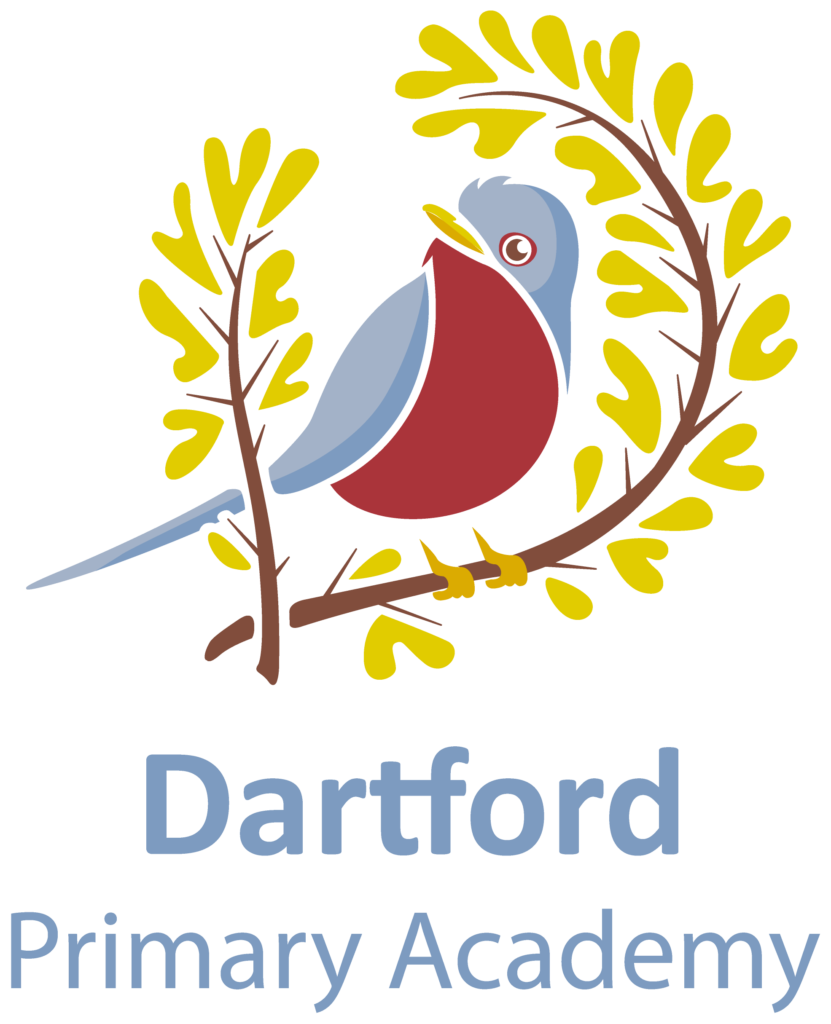Design and Technology is a cross-curricular subject which draws on and develops the children’s knowledge of Mathematics, Science, Engineering, Computing and Art. It provides practical learning which lays the foundations for designing and problem solving in everyday life. It allows children to explore materials, create from their imaginations and encourages children to take risks, allowing them to become resourceful, innovative, enterprising and capable young global citizens.
At Dartford Primary Academy, we deliver the National Curriculum in a transdisciplinary approach through the framework of the International Baccalaureate (IB) Primary Years Programme and with the support of the Projects on a Page (direct from the Design and Technology Association). We aim to provide practical learning opportunities which will lay the foundations for designing and problem solving in everyday life. We intend for our Design and Technology curriculum to develop learning for all pupils regardless of their backgrounds. The acquisition of knowledge and skills is horizontally and vertically mapped. Our curriculum is planned so that new knowledge and skills build on what has been taught before and towards clearly defined end points. It reflects the local context of our academy to ensure gaps in the children’s knowledge and skills are narrowed. Our children will know more, remember more and understand more through completing projects that derive from real-life and relevant problems and allow them to take risks so that they become resourceful and innovative. We do this through a carefully sequenced curriculum that has appropriate subject knowledge and skills as set out in Development Matters and the National Curriculum, using the philosophy of the IB to deliver it in an inquiry based way so that children have their own agency over their learning. All children, regardless of need or background, will be exposed to the opportunities for them to explore materials, create from their imaginations and take risks, allowing them to become resourceful, innovative, enterprising and capable global citizens.
The implementation of the Design and Technology curriculum takes place across the year groups through the transdisciplinary themes of the International Baccalaureate Primary Years Programme. The curriculum is taught progressively and sequenced to develop the knowledge and skills for all to access, including those who are disadvantaged and those with additional needs. As children progress through the school, they will develop the knowledge and skills of the design, make and evaluate cycle, building on their technical knowledge and working within a variety of relevant contexts. From nursery through to year six, children will develop skills around building structures and how to make them stronger, working with textiles and how to join them and explore the use of mechanisms such as levers, linkages, axles and pulley systems. Alongside this, children will prepare a variety of food dishes that use the basic principles of a healthy and varied diet and will begin to understand where food comes from as part of the cooking and nutrition section of the programme of study.
Teachers have expert knowledge of the Design and Technology curriculum through carefully planned CPD opportunities. This gives them the ability to check pupils’ understanding effectively, and identify and correct misunderstandings. Assessment is also used to check pupils’ understanding in order to inform teaching, and to help pupils embed and use knowledge fluently and develop their understanding of key concepts so that they are embedded in their long-term memory.
By the time children leave Dartford Primary Academy they will be able to use their time efficiently and work constructively and productively with others. All pupils, regardless of need or background, will acquire the knowledge and cultural capital they need to succeed in life. They will be able to carry out research, show initiative and inquire to develop a detailed knowledge of the user’s needs. They will have the ability to act as responsible designers, working safely with tools and equipment in order to manufacture safely and hygienically. But most importantly they will have a clear enjoyment and confidence in Design and Technology that they can then apply to other aspects of their learning, including beyond school and into future enterprises.


